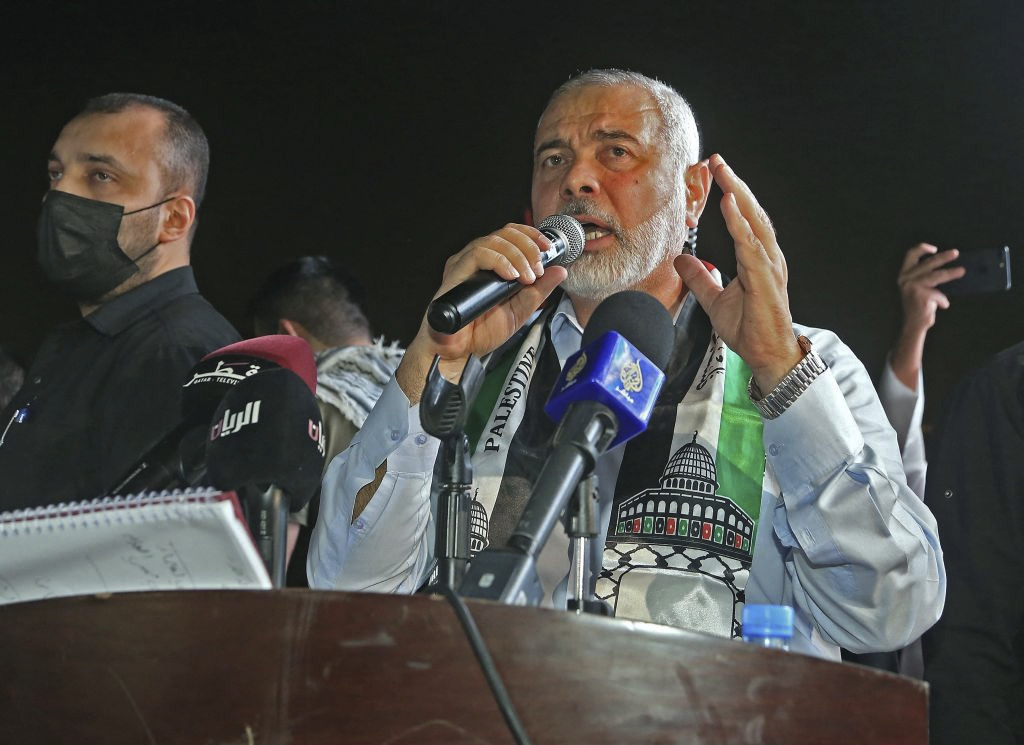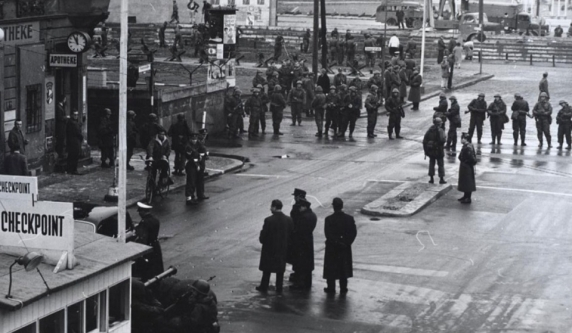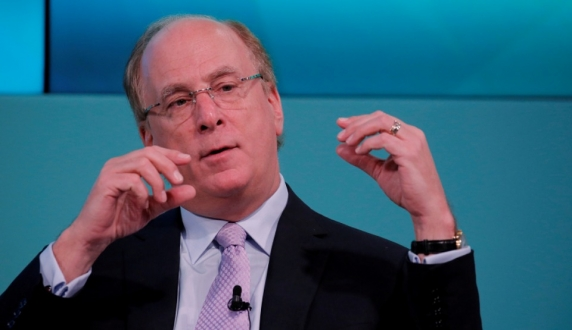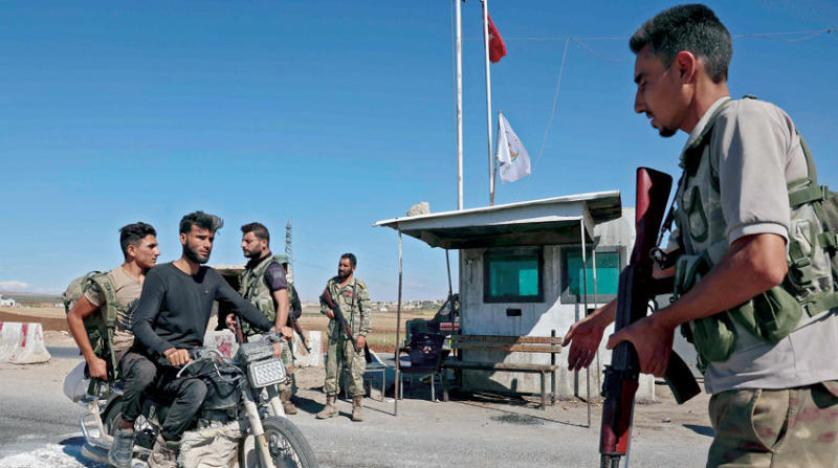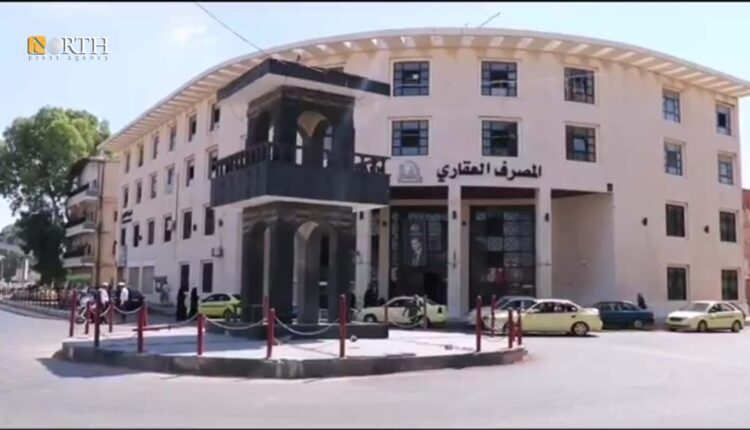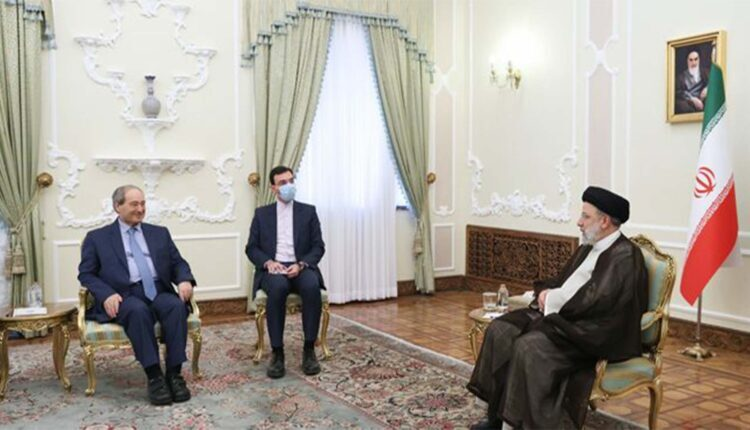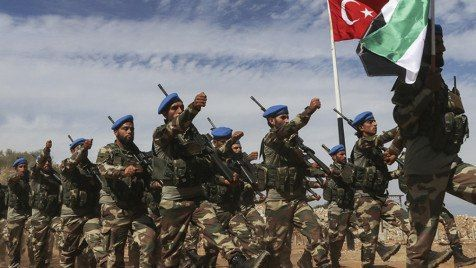Erdogan says Turkey’s strikes in Syria, Iraq may lead to ground offensive
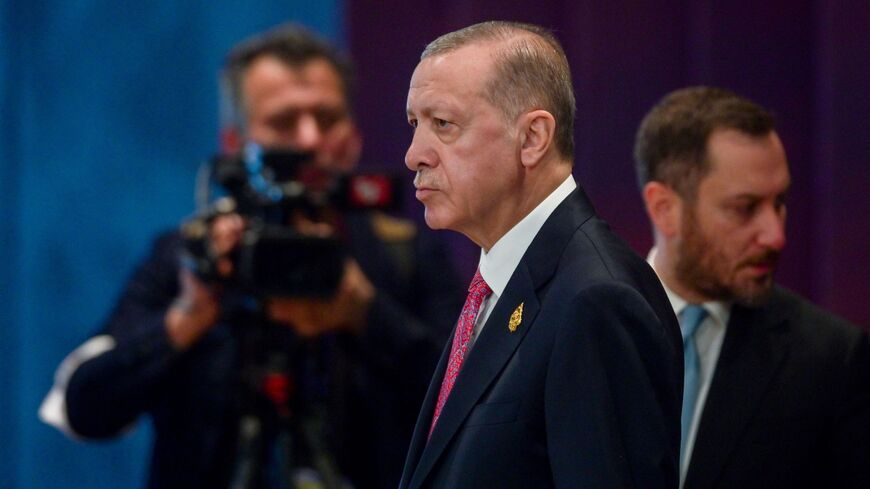
As the dust settles from airstrikes on Kurdish militants in Syria and Iraq, Turkey is threatening a wider operation in the region.
For months Turkish President Recep Tayyip Erdogan has promised to “come suddenly in the night” for Kurdish militants on Turkey’s southern border. On Saturday night, scores of F-16 fighter jets and drones did exactly that.

